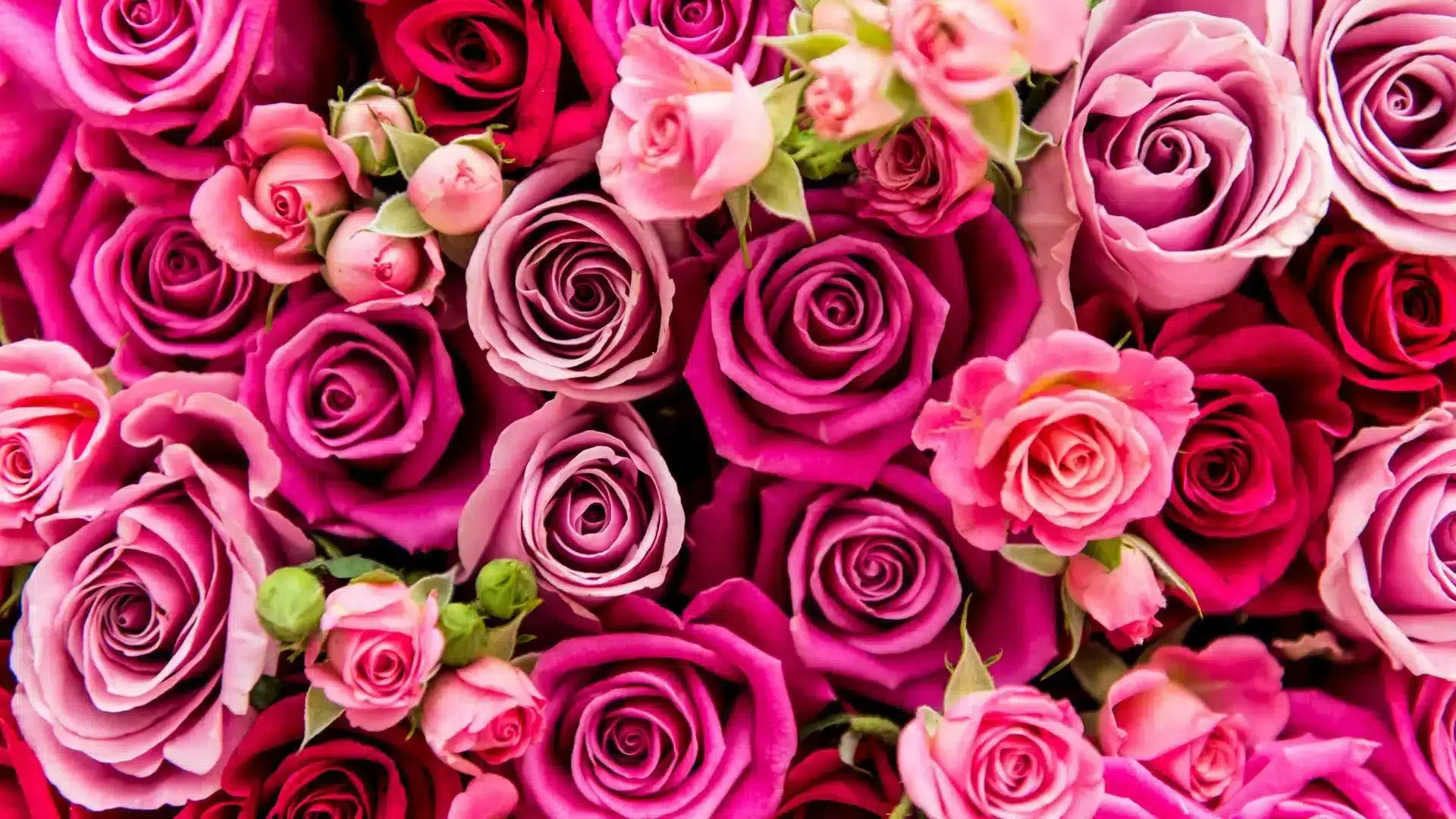What lies behind the roses of Valentine’s Day: Feast of Lupercalia?

Sources: Ian Gavan/Getty Images
Valentine’s Day, which is named after Saint Valentine is celebrated across the globe. In some parts of the world, it is celebrated among family to share love, affection, and joy and in some parts of the world, it is celebrated by romantic couples to express their love and affection. It is also celebrated with the exchange of greetings, gifts, and cards. Many couples celebrate the moment with dinner and many luxurious hotels provide food and dining in the theme. It is also a common day for the proposal of marriage or solemnizing marriage. In the age of the connected world, it is almost becoming the festival of the planet. However, the day had not rosy history like the red rose: a symbolic symbol of the day.
Read Also: Nostalgia in a few words!
History of Valentine or Valentinus
The history of Valentine’s Day is still uncertain. Valentine’s Day is celebrated in name of Valentine or Valentinus; however, there was not one—the Catholic Church believes at least three different saints named after Valentine or Valentinus, all of whom were martyred. One was a priest in Rome, the second one was a bishop of Interamna (now Terni, Italy) and the third St. Valentine was a martyr in the Roman province of Africa. One story, which is more common, from history believes that Saint Valentine was a priest in Rome during the third century. Emperor Claudius II was contemporary to Saint Valentine. The emperor believed that single men are better warriors and part of defense forces, which made him eventually to outlaw marriage for young men. The Saint considered this decree as injustice and defied it, though secretly. He started performing marriages for young lovers. When the secret game was discovered, the emperor ordered him to put to death. While in jail, the Saint cared for fellow prisoners. Meantime, he fell in love with the jailor’s blind daughter. The story went on— he finally cured the blindness of the girl. He had written her a love message signed “From your Valentine” which is spoken and said even today. He was beheaded on 14 February 269 AD.
Some of the stories believe that the day is attributed to Saint Valentine of Terni, a bishop, who was the true namesake of the holiday. He, too, was beheaded by Claudius II outside Rome.
Feast of Lupercalia
The celebration of Valentine’s Day is also interrelated with the “Feast of Lupercalia”, a pagan festival of love. In fact, it was not a festival of love, but a bloody, violent, and sexually charged celebration. It was filled with animal sacrifice, randomized matchmaking with the hope to remove evil spirits and enhance fertility among women.
The ritual originated in 6th century BC and celebrated between 13 and 15 February. The festival began at Lupercal cave with the sacrifice of one or more male goats—a representation of sexuality—and a dog. As the celebration began, the priest cut a strip of hide and from the sacrificed animal. It was called thongs. Males in their bare body ran around with the thongs in hand and whipping the women. Many women welcomed the lashes as it was presumed that whipping enhances their fertility.
It was also celebrated as a matchmaking process. The men randomly chose a women’s name from a box to be coupled with them for the duration of the festival. Generally, the couple stayed together until the following year’s ritual. Some of them even get married and some walked their own way. With time, the ritual got coated with decency.
In 496 A.D., Pope Gelasius decided to put an end to the “Feast of Lupercalia”, and he declared that 14 February is to be celebrated as St. Valentine’s Day. With the time, 14 February became the date of exchanging love, affection, and joy among romantic couples.
Observer Voice is the one stop site for National, International news, Sports, Editor’s Choice, Art/culture contents, Quotes and much more. We also cover historical contents. Historical contents includes World History, Indian History, and what happened today. The website also covers Entertainment across the India and World.
Follow Us on Twitter, Instagram, Facebook, & LinkedIn

